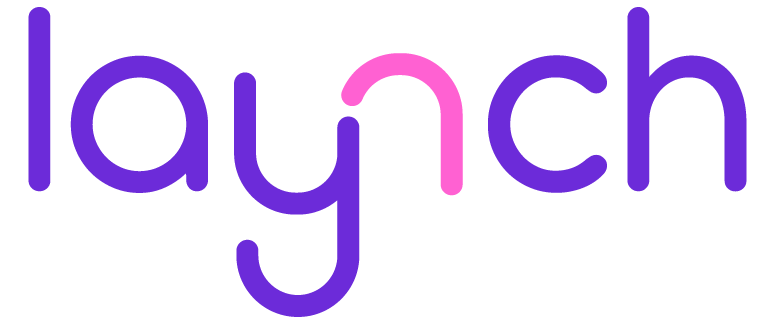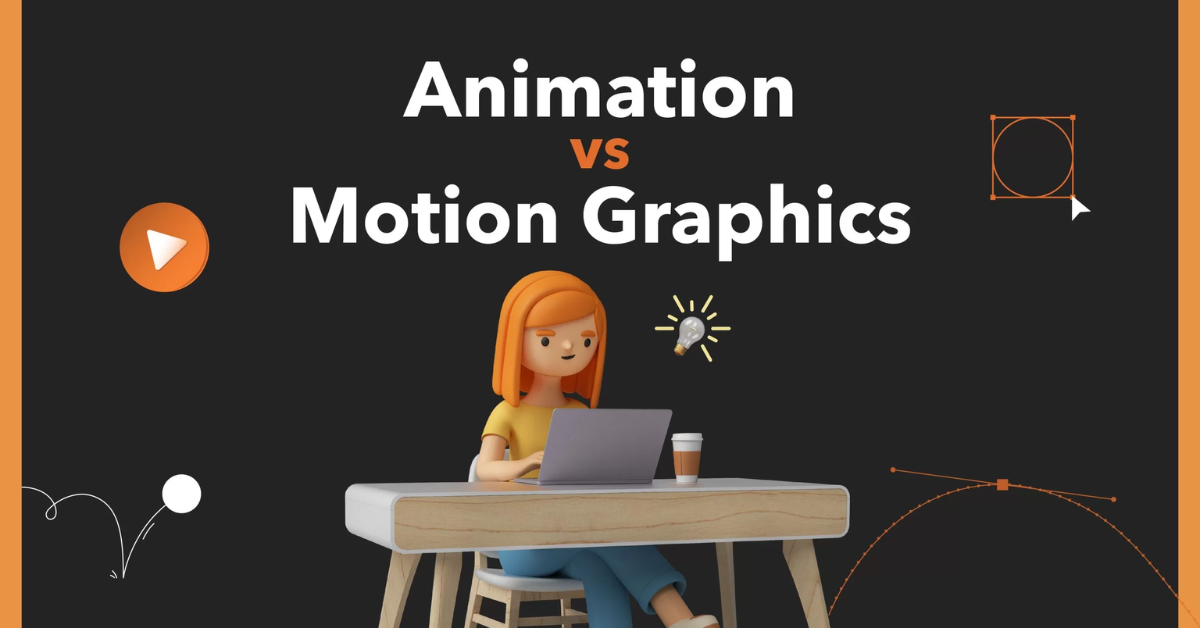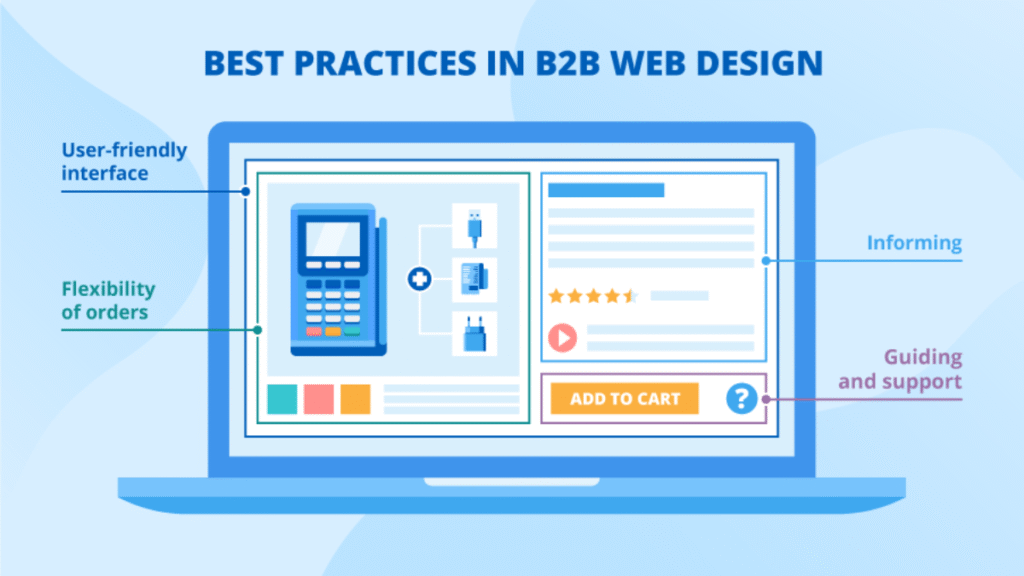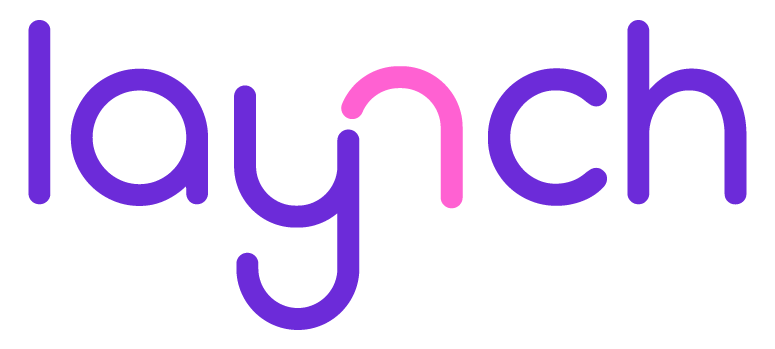Introduction
In the world of digital media, motion graphics and animation are often used interchangeably, but they serve different purposes. While both involve moving visuals, their applications, techniques, and storytelling approaches vary significantly.
If you’re a marketer, designer, or content creator, understanding these differences can help you choose the right medium for your project. This guide will break down:
- What motion graphics and animation are
- Key differences between them
- When to use each style
- Popular tools and techniques
By the end, you’ll know exactly which approach suits your needs—whether it’s an explainer video, a brand promo, or a full-fledged animated film.
What Are Motion Graphics?
Motion graphics are animated graphic design elements that focus on movement to convey information. They often include:
- Text animations
- Icons and shapes in motion
- Infographics and data visualization
- Logo animations
Unlike traditional animation, motion graphics don’t necessarily tell a story with characters or narratives. Instead, they simplify complex ideas using dynamic visuals.
Common Uses of Motion Graphics
- Explainer Videos – Breaking down concepts (e.g., how a product works)
- Advertising – Social media ads, promotional videos
- Title Sequences – Movie or TV show intros
- Corporate Presentations – Engaging slides with animated charts
Popular Motion Graphics Tools
- Adobe After Effects
- Cinema 4D
- Blender (for 3D motion graphics)
What Is Animation?
Animation is the art of bringing characters, objects, or scenes to life through sequential movement. It involves:
- Character design and development
- Storyboarding and narrative structure
- Frame-by-frame or rig-based animation
Unlike motion graphics, animation is more about storytelling and emotional engagement.
Types of Animation
- 2D Animation – Traditional hand-drawn or digital (e.g., Disney classics)
- 3D Animation – CGI films like Toy Story or Frozen
- Stop Motion – Physical models moved incrementally (Wallace & Gromit)
- Whiteboard Animation – Hand-drawn style used in explainer videos
Common Uses of Animation
- Films & TV Shows – Animated movies, cartoons
- Video Games – Character movements and cutscenes
- Educational Content – Kids’ learning videos
- Brand Storytelling – Emotional brand narratives (e.g., Google’s Year in Search videos)
Popular Animation Tools
- Adobe Animate (for 2D)
- Autodesk Maya (for 3D)
- Toon Boom Harmony (professional 2D animation)

Key Differences Between Motion Graphics and Animation
| Feature | Motion Graphics | Animation |
| Purpose | Inform, explain, promote | Tell a story, entertain |
| Focus | Visual appeal, data representation | Characters, emotions, narratives |
| Complexity | Usually shorter, simpler | Often longer, more detailed |
| Techniques | Vector-based movement, kinetic typography | Frame-by-frame, rigging, 3D modeling |
| Best For | Ads, presentations, infographics | Movies, games, storytelling |
When to Use Motion Graphics vs. Animation
Choose Motion Graphics If You Need:
- A quick, engaging way to explain data (e.g., stock market trends)
- A sleek promotional video for a product or service
- Animated text or logos for branding
Choose Animation If You Need:
- A compelling story with characters (e.g., a short film)
- Emotional engagement (e.g., a heartfelt brand story)
- Complex movements (e.g., a fight scene in a video game)
Which One Should You Learn?
If you’re a designer or marketer:
- Motion graphics is great for advertising, social media, and corporate content.
- Animation is ideal if you want to work in films, gaming, or storytelling.
Many professionals learn both to expand their skill sets!
Conclusion
While motion graphics and animation both involve movement, they serve different purposes. Motion graphics excel in simplifying information with dynamic visuals, while animation brings stories to life through characters and narratives.
By understanding their differences, you can choose the right style for your project—whether it’s a business explainer video or an animated short film.
Need Help Deciding?
If you’re still unsure, consider:
- Budget (motion graphics are often quicker and cheaper)
- Audience (animation works better for emotional storytelling)
- Purpose (data vs. narrative)
Now that you know the key differences, you’re ready to pick the best approach for your next creative project!
















